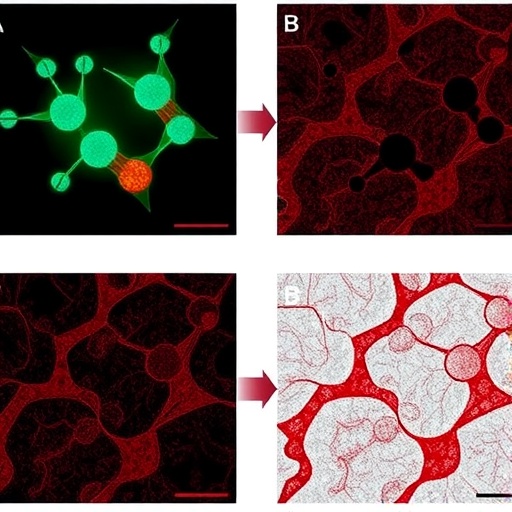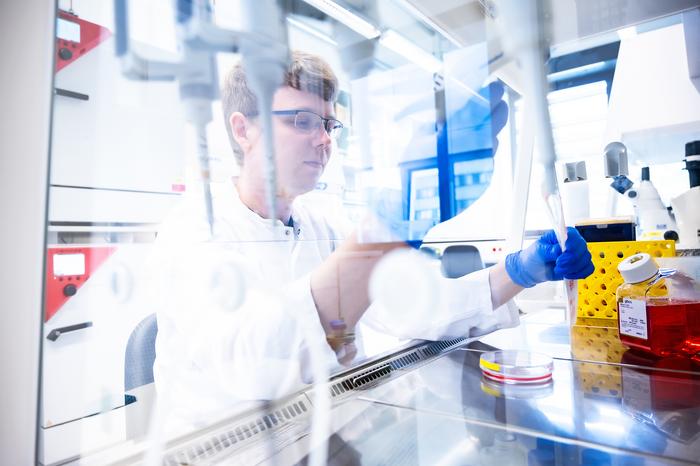The University of Manchester is leading a consortium to investigate advanced technologies, including robotics and artificial intelligence, for the operation and maintenance of offshore windfarms.
The remote inspection and asset management of offshore wind farms and their connection to the shore is an industry which will be worth up to £2 billion annually by 2025 in the UK alone.
Eighty to ninety percent of the cost of offshore operation and maintenance according to the Crown Estate is generated by the need to get site access – in essence get engineers and technicians to remote sites to evaluate a problem and decide what action to undertake.
Such inspection takes place in a remote and hazardous environment and requires highly trained personnel of which there is likely to be a shortage in coming years.
The £5m project will investigate the use of advanced sensing, robotics, virtual reality models and artificial intelligence to reduce maintenance cost and effort. Predictive and diagnostic techniques will allow problems to be picked up early, when easy and inexpensive maintenance will allow problems to be readily fixed. Robots and advanced sensors will be used to minimise the need for human intervention in the hazardous offshore environment.
The use of robots will allow operation in difficult or hazardous environments: sub-sea to inspect cables, in high-voltage environments to inspect high voltage equipment and around the wind turbines to check their mechanical structures. The latest in advanced sensors will be used, for example sonar techniques to assess sub-sea cable wear and degradation in situ. This, along with state-of-the-art system modelling and artificial intelligence, will be used to best assess the data produced.
The University of Manchester's Professor Mike Barnes, who is leading the three-year project, said: "The UK has world-leading expertise in the technologies and science in this area, but they have often operated separately. The UK Engineering and Physical Sciences Research Council have supported this project to bring them together for the first time to make a real step change in this industry."
The project is a collaboration between the universities of Manchester, Durham, Warwick, Cranfield, Heriot-Watt and a consortium of companies from the offshore industry. Techniques will be trialled in an offshore test site in Scotland and a project demonstration will be given at Salford Quays, Manchester.
###
Media Contact
Jamie Brown
[email protected]
44-161-275-8383
@UoMNews
http://www.manchester.ac.uk
############
Story Source: Materials provided by Scienmag





